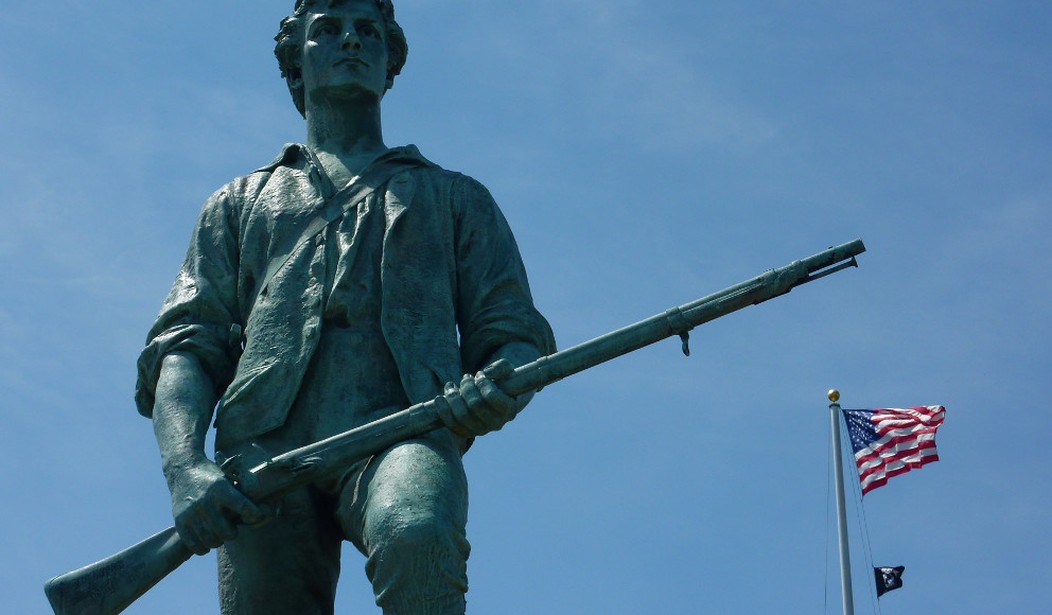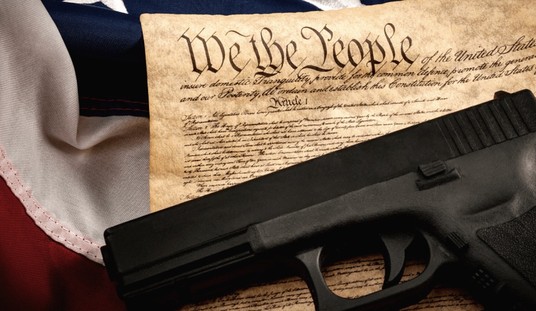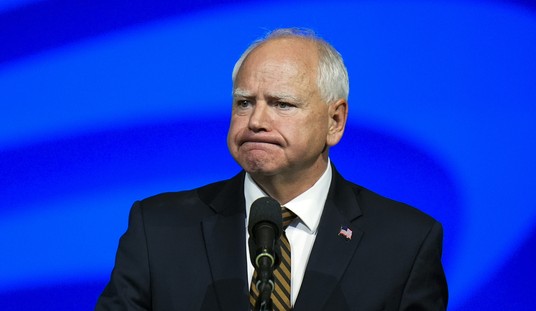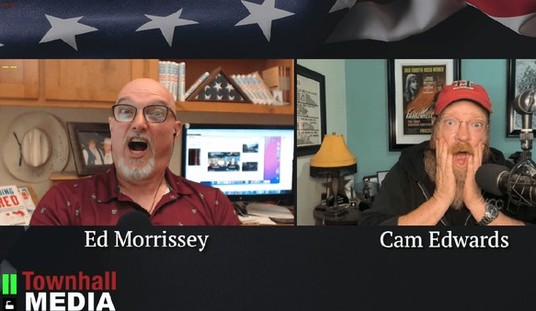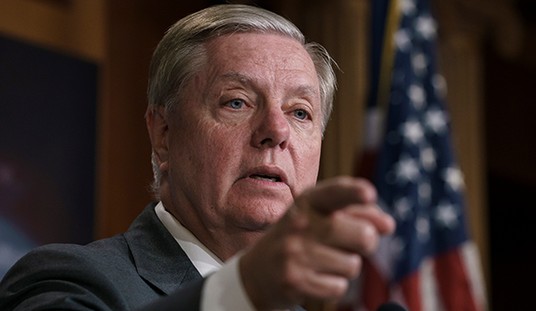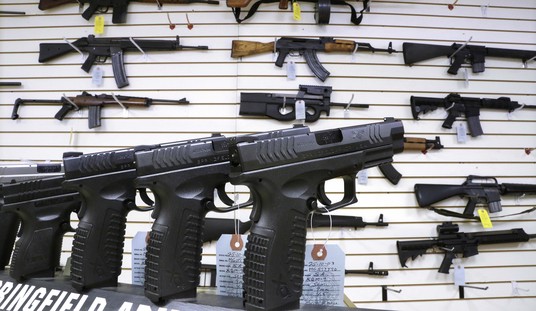For decades, gun control activists in and outside of academia have pushed a false version of American history and our right to keep and bear arms; insisting that the only reason the Second Amendment was ratified back in 1791 was to protect the ability of white Southerners to conduct slave patrols. In their twisted view of the past, instead of a right that protects individual freedom and liberty, the Second Amendment was a right to oppress others.
Despite decades of scholarship to the contrary, many on the left continue to promote this revisionist history; most recently, author and talk show host Thom Hartmann, who writes that "to understand why the Second Amendment exists at all we must strip away the myths and confront a brutal truth: it was not written to safeguard freedom, but to preserve slavery."
The militias it enshrined were never about defending homes from tyrants abroad but about keeping human beings in chains at home. Until America reckons with this history, we will remain shackled to its bloody legacy.
So, let’s clear a few things up.
The real reason the Second Amendment was ratified, and why it says “state” instead of “country” (the framers knew the difference—see the 10th Amendment), was to preserve the slave-patrol militias in the Southern states, an action necessary to get Virginia’s vote to ratify the Constitution.
It had nothing to do with making sure mass murderers could shoot up public venues and schools. Founders, including Patrick Henry, George Mason, and James Madison, were totally clear on that, and we all should be too.
This pernicious falsehood was promoted by law professor Carl Bogus back in the 1990s, first in his essay "The Hidden History of the Second Amendment" and then in the book "Madison's Militia: The Hidden History of the Second Amendment". Bogus's premise is that James Madison "drafted the Second Amendment to ensure that Congress could not disarm the militia and thereby undermine the slave system in the South."
There are some fundamental problems with that point of view. First, support for including a right to keep and bear arms wasn't limited solely to southern slave states. In fact, Second Amendment scholar and attorney Stephen Halbrook argues that the primary push to include a right to keep and bear arms in the Constitution came from northern states where slavery was more limited in scope... and the first places to ban the practice.
In 1776, Pennsylvania became the first state to adopt a formal guarantee that was a precursor of the Second Amendment: “That the people have a right to bear arms for the defense of themselves, and the state . . . .” In 1780, it became the frst state to pass an act for the abolition of slavery. And in 1787, Pennsylvania ratifed the federal Constitution, with a strong minority in the ratifying convention demanding a bill of rights, including the right to bear arms. That set the stage for demands by other states culminating in adoption of the Second Amendment.
Halbrook notes that George Bryan, who would go on to serve as a justice on the Pennsylvania Supreme Court, was viewed by contemporaries as "the most influential member" of the 1776 convention. Bryan was also the primary architect of the 1780 law that gradually abolished slavery in the state. Bryan had been advocating for such an act since at least 1777, which would make it rather odd for him to have called for formal recognition of the right to bear arms in order to round up slaves just a year earlier.
The Massachusetts Declaration of Rights, authored by John Adams in 1780, also promoted the right to keep and bear arms. Adams later declared that he, throughout the entirety of his life, "held the practice of slavery in . . . abhorrence."
New Hampshire's 1784 Constitution also abolished slavery, and just four years later the state's political leaders balked at ratifying the U.S. Constitution without a Bill of Rights. As Halbrook writes:
The strongest and leading argument urged against it was derived from the fact that the Constitution sanctioned or tolerated human slavery. Hon. Jos. Atherton, of Amherst, had used this argument in opposition to its adoption with much force and effect.” Atherton argued that, if the Constitution is ratifed, “we become Consenters to and Partakers in, the sin and guilt of this abominable traffic,” adding that “[t]he clause has not secured its [slavery’s] abolition.”
In another speech, Atherton argued that the proposed constitution was “a system calculated to forge the chains of tyranny upon the citizens of the United States.” He cited “standing armies, . . . the insecurity of the liberty of the press— . . . . bill of rights.” New Hampshire’s delegates did recommend amendments, as part of a compromise that would result in the Constitution’s ratification. A committee assembled to propose amendments—the federalists led by convention president John Sullivan and the antifederalists by Atherton—agreed on twelve, including,“Congress shall never disarm any citizen unless such as are or have been in actual rebellion.”
So there was plenty of support for an enumerated right to keep and bear arms coming from anti-slavery politicians and states. That alone is enough to obliterate Hartmann's argument, but Halbrook also pointed out that the strongest opposition to a Bill of Rights came from... southern, slave-owning states.
None of the frst four Southern states to ratify the Constitution—Delaware,Georgia, Maryland, and South Carolina—proposed amendments guaranteeing the right to bear arms or any other individual rights. Evidently these states had no inkling, per the Bogus–Anderson theory, that something like the Second Amendment was necessary to protect slavery.
... Professors Bogus and Anderson both depict the 1739 Stono River Rebellion in South Carolina, and fear of a recurrence, as giving impetus a half century later for adoption of the Second Amendment. If that thesis is accurate, South Carolina would have been the frst state to demand a bill of rights with an arms guarantee. Bogus even suggests that “[t]he South’s fear that the North might destabilize the slave system . . .gave anti-Federalists a powerful weapon.” But Bogus has it upside down: It was the federalists controlling South Carolina who opposed a bill of rights. Charles Cotesworth Pinckney, a leading federalist, explained that neither the 1776 South Carolina Constitution nor the proposed federal Constitution had a bill of rights because only express powers were delegated and all else was reserved. But it wasn’t just that a bill of rights was unnecessary. He saw one as a threat to the slaveholder’s power, expressing the following sinister reason: “Such bills generally begin with declaring that all men are by nature born free. Now, we should make that declaration with a very bad grace, when a large part of our property consists in men who are actually born slaves.”
It is true that Patrick Henry did mention his concern that, without a Bill of Rights states would not be able to suppress insurrections (including slave insurrections) without "the interposition of Congress", but that's essentially the only evidence that Hartmann provides for his thesis. Some Virginians were concerned about maintaining the institution of slavery and expressed support for the right to keep and bear arms, but that's hardly proof that's the reason we have the Second Amendment. In fact, as Halbrook notes:
Professor Paul Finkelman, who has written extensively on slavery and the Constitution, wrote that it “is not even remotely true” that “the Second Amendment was adopted (or at least written) to get Virginia’s ‘vote’ for ratifcation of the Constitution, which took place in July 1788. . . . In 1788 the Second Amendment was not yet written and was not part of the debate over ratification of the Constitution.” The proposed amendments could not have been “a quid pro quo for ratification, since none of those advocating amendments, like Henry, voted for ratification.”
It's easy to understand why this false version of history is so attractive to gun control activists. If the purpose of the Second Amendment was to protect the institution of slavery, then it's a relic of the past that's best consigned to the dustbin of history. And, as a bonus, if it was meant to protect the ability of southern states to establish slave patrols, that fits in nicely with their theory that the amendment only protects a collective right to a state-based militia and not an individual right to possess and carry firearms.
As convenient as that might be for the anti-gunners among us, it's simply not true. Support for an enumerated right that would protect the ability of "the people" to bear arms in defense of themselves and the state was widespread, including among ardent opponents of slavery. Northern states that abolished slavery were among the earliest proponents of a right to keep and bear arm, while several slave states ratified the Constitution with no request for a Bill of Rights. And the Virginians who supposedly struck a bargain to ratify the Constitution only if it was amended to include what became the Second Amendment didn't vote to ratify the Constitution at all.
As Paul Harvey would say, now you know the rest of the story... the real history of the Second Amendment, not the supposedly secret history that's been proffered by anti-gun academics for decades.

